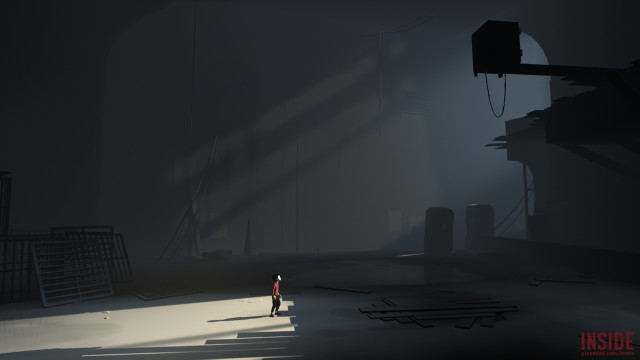Occasionally, I hear the argument that LEGO has lost its way and instead of encouraging kids to be creative, LEGO now encourages kids to simply follow the directions in the box. Normally, this argument comes from people who seem to be looking nostalgically at their own childhoods, which likely included piles of random LEGO bricks to build with. These days, they argue, LEGO is all about the big, licensed sets instead of boxes of random bricks. While I agree there are probably too many licensed sets, you can still buy boxes of random bricks. But, we also had sets when I was a kid. I specifically remember wanting the big sets (although I never got them). I also remember wanting to follow the directions on the little sets I did get, but I never really had the patience for that as a kid. I would start to follow the directions, get bored, and move on to building something else. So, normally, I ignore this argument. No one is making anyone follow the directions anyway. I don’t have kids, but a lot of parents on Reddit describe their children’s experience with LEGO as similar to my own.
Ben Fogle took this argument to a whole new level in his recent rant about LEGO: “The TV presenter and adventurer said that if he was to write about how bad the education system is, he would call his dissertation ‘How LEGO Ruined the World.'” Fogle takes the conformity argument a bit far here, arguing
“Where once Lego offered a whimsical form of escapism into the world of the subconscious, encouraging creativity and imagination, it’s transformed into a rigid ‘box ticking’ discipline where children are encouraged to build by conformity.”
Fogle goes so far as to try to make a weak connection between LEGO sets and standardized testing. But, in my experience, even following the instructions is a learning process.
Like with most things, LEGO fans approach the hobby in many, many different ways. On one side there are dedicated designers/creators. These people write about how they mostly buy sets as part packs to add to their brick pile. On the other side are the pure collectors; these LEGO fans might not build at all, but love owning and admiring the sets in their boxes. I fall in the middle of this. I like to create, but I also like to build. LEGO creating involves a lot of technique. I learn something from every set I build. Even the smaller sets typically include new parts or new ways of making connections that are often quite genius. I’m still a newbie creator, but I can’t imagine I would have much to create if I hadn’t spent a lot of time learning from the instructions how to make things work with LEGO. And, even beyond learning the technical aspects of LEGO, the ingenious connections tend to inspire me to build my own stuff. Almost every time I build a new set (from the much disparaged instructions), I find myself imagining how I could use the techniques in my own build.
For me, then, building from instructions is not just about conformity, it sparks creativity. One of the many things I love about the LEGO community is that reverse engineering is encouraged (with credit of course). So, if I see a cool build on the internet, I feel free to try to emulate the build on my own. But, trying to reverse engineer a design would be very difficult if I hadn’t learned the basic techniques from building the sets.
Fogle also contradicts his own argument as he argues against the occasional frustration a LEGO build can cause a child:
“One misaligned or one tiny lost component can spell disaster. I’ve watched my son fall apart because it didn’t work.’ I can’t do it daddy,’ he wails. ‘It doesn’t look like the picture in the box.”
But, isn’t his son learning problem solving skills here? Or, at least, doesn’t this offer the opportunity to teach problem solving? That’s hardly the same as checking some box. Sure, it’s irritating to realize I’ve made a mistake (especially in a more complicated build), but the backtracking and working out where the mistake was made and why is also part of the learning process. I feel like it can’t be both ways. Either the instructions make it too easy and kill creativity or the build is too hard to allow the child to “conform.”




